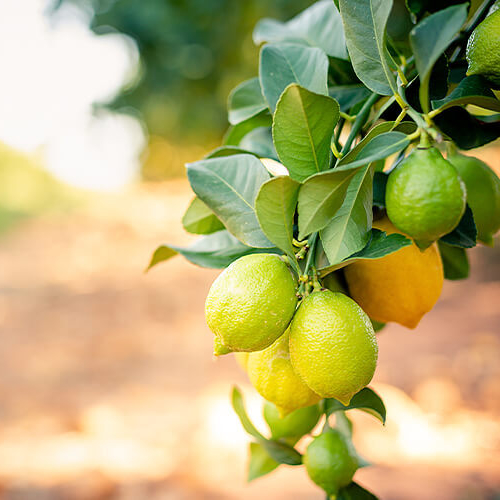
Citrus and fruit production
Queensland grows about 5,300 hectares of citrus. The main production regions include the Central Burnett (Mundubbera and Gayndah), Emerald, Bundaberg and the Atherton Tablelands. Over 30 % of citrus and fruit are produced in the Bundaberg region.
Mandarins, limes and lemons are the main citrus fruit grown in Bundaberg and most fruit is grown for the fresh fruit market, although a small percentage is used for alternate products. Some fruit can be harvested all year round, dependent on the crop and production cycle. Most of the fresh fruit produced is marketed in the major metropolitan wholesale markets of Brisbane, Sydney and Melbourne, but a large and increasing amount is being exported.
Bundaberg is the largest growing region by size of passionfruit and boasts more than 2,400 hectares of avocado trees.
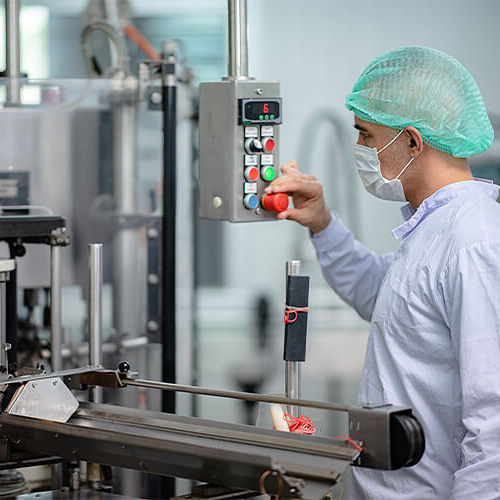
Food processing and value-add facilities
Home to some world-class manufacturing and processing facilities, Bundaberg is a significant producer of agricultural products in Queensland and Australia producing $1.5 billion in Gross Value of Agricultural Production (GVAP) representing 12% of Queensland’s total agriculture production. Over 8,000 people are employed directly in the sector with an additional 2,700 people employed in processed foods and beverages.
Manufacturing contributes $20 billion a year to the Queensland economy. Many local manufacturers across the Bundaberg region are industry leaders, investing in future innovation and further job growth for locals in our community.
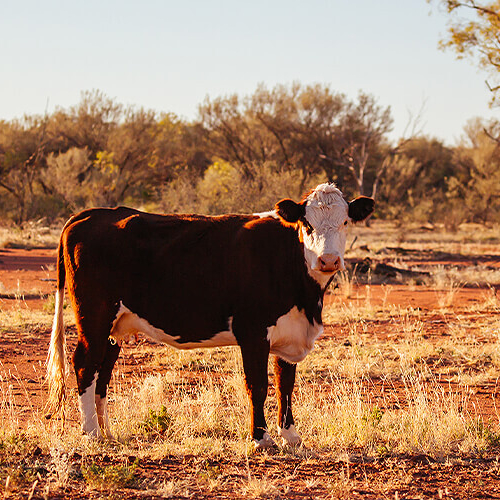
Livestock
The local livestock industry includes animal health and land management for cattle, sheep, pigs, poultry and horses.
The Bundaberg region is home to significant beef cattle production and grazing and is the largest agricultural enterprise by land area in the Bundaberg region.
Queensland is Australia's largest supplier of beef products, renowned for producing high-quality and safe beef products and using the world's best animal ethics practices. Our beef is free from many of the world's most serious bovine diseases, including foot-and-mouth disease and bovine spongiform encephalopathy (BSE), making our beef products among the world's safest.
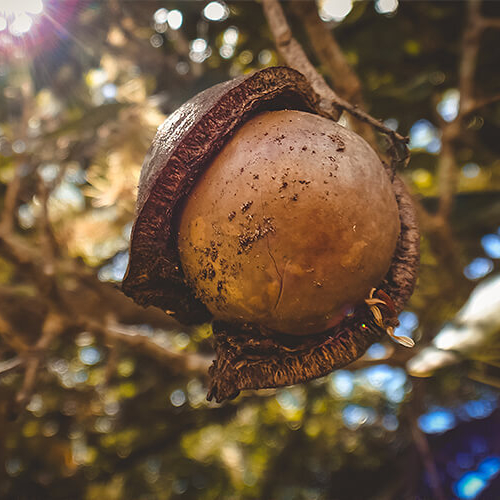
Macadamia
The increasing global demand for the macadamia nut has made it a hot commodity— flourishing in the warm sub-tropical coastal climate of Bundaberg and the Bundaberg region is now the highest producing macadamia region in Australia with over 50% of Queensland’s macadamia nuts produced in the region.
Bundaberg is relatively flat and the farms are generally of a regular shape, allowing for long rows to grow macadamias. The flat topography has allowed for progressive mechanisation using high capacity, efficient machines, and the semi-dry climate facilitates timely orchard operations.
Along with geographical suitability and availability of irrigation water, a number of other factors contribute to a successful industry in Bundaberg:
- Climate
- Farm size is generally bigger than in the other macadamia-growing regions
- Affordability of developed farms at reasonable prices
- Availability of extensive mechanical engineering expertise in the region
There has been a surge in the planting and production of macadamias and the industry is expected to expand its growth by a further 20% by 2025, with Bundaberg located at the centre of this boom.
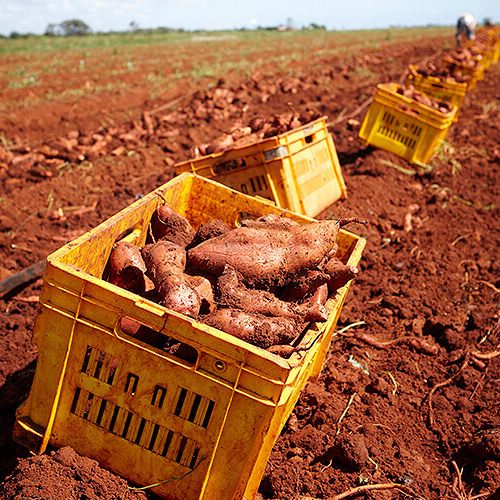
Vegetable crops
Over 30% of vegetables are produced in the Bundaberg region.
The Bundaberg Region is often referred to as the food bowl of Australia as almost everything you find on your supermarket shelves can be found growing in the Bundaberg region.
Queensland contributes over 70% of the national production of sweet potatoes with the majority grown in the Bundaberg region.
